Overcoming Objections to NON-QM Lending

It’s been over a decade since the subprime mortgage crisis wreaked havoc across America. But fears may still linger with your clients. And some of those fears may get directed at Non-QM loans. But here are a few ways for you to show how Non-QM products differ from the riskier loans of the past.
Non-QM Considers Income
One failure of subprime loans is that they have infamously disregarded a borrower’s income in the approval process. On the contrary, Non-QM loans look closely at income; they just widen the lens to consider non-traditional earnings. Rather than relying on W-2s and pay stubs, bank statement loans measure income through bank deposits — which can be a great fit for freelancers or for those who own their own businesses. Income is also scrutinized before an investor cash loan is approved, just not the current income of the borrower. Instead, lenders look at the projected income that an investment property will generate.
Fears Over Ballooning Variable Rates
Variable “teaser” rates once enticed hordes of eager borrowers, who soon saw their rates rise dramatically, making it nearly impossible to pay down the loan’s principal. That’s not a big worry these days, as you can get fixed rates for a host of Non-QM loan products. These include 1099 Only Mortgages, tailored to borrowers with income that’s verified by their year-end IRS form, and Asset Qualifier Mortgages, in which a borrower’s eligibility is based on assets rather than traditional earnings. Jumbo loans for larger amounts — and for up to six properties — even have fixed rates.
Non-QM Lenders Aren’t High Risk
Unlike the Wild West-style lending we saw from some mortgage providers at the height of the subprime craze, Non-QM lenders are just as risk averse as the lenders of conforming loans. It can be stressed to clients that Non-QM lenders don’t want to see defaults on loans any more than borrowers do. And so there are solid guardrails around Non-QM products, such as traditional loan-to-value ratio limits, debt-to-income ratio allowances, and credit score requirements.
Non-QM Rates Are Competitive
Maybe your clients have heard that Non-QM loans come with interest rates that are higher than those of conforming loans. While that’s sometimes true, the difference is often slight — between 0.25% and 0.50% — and possibly even considered negligible given today’s historically low interest rates.
Modern Non-QM loans bear little resemblance to the risky loan practices of the past, and your clients just might appreciate hearing that from you.
Let's Connect
Get In Touch
CORPORATE
Luxury Mortgage Corp.®
Four Landmark Square
Suite 300
Stamford, CT 06901
(888) 458-6267
WEST COAST
Luxury Mortgage Corp.®
18100 Von Karman Ave
Suite 350
Irvine, CA 92612
(949) 516-0710

